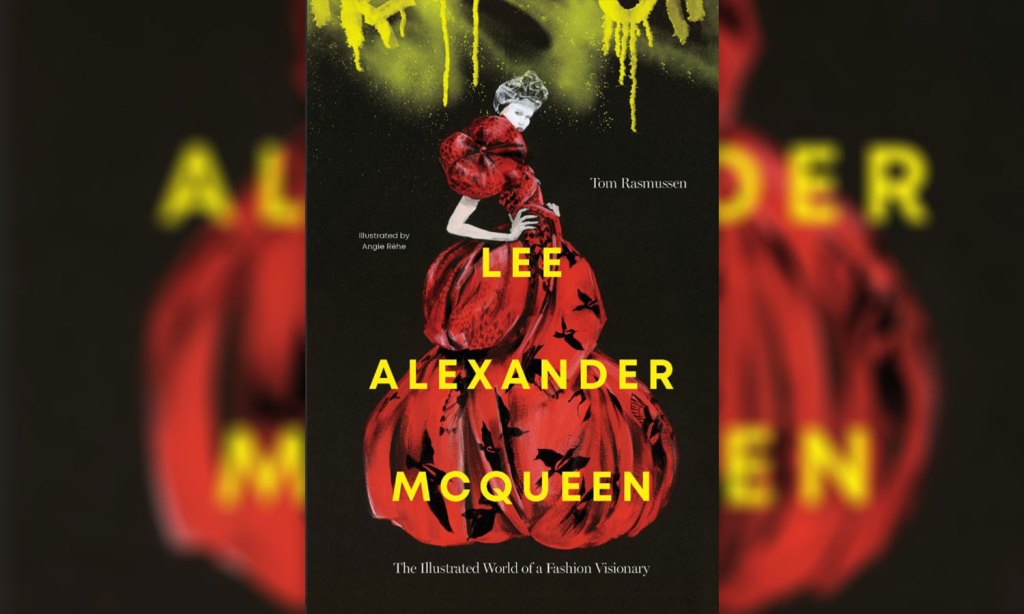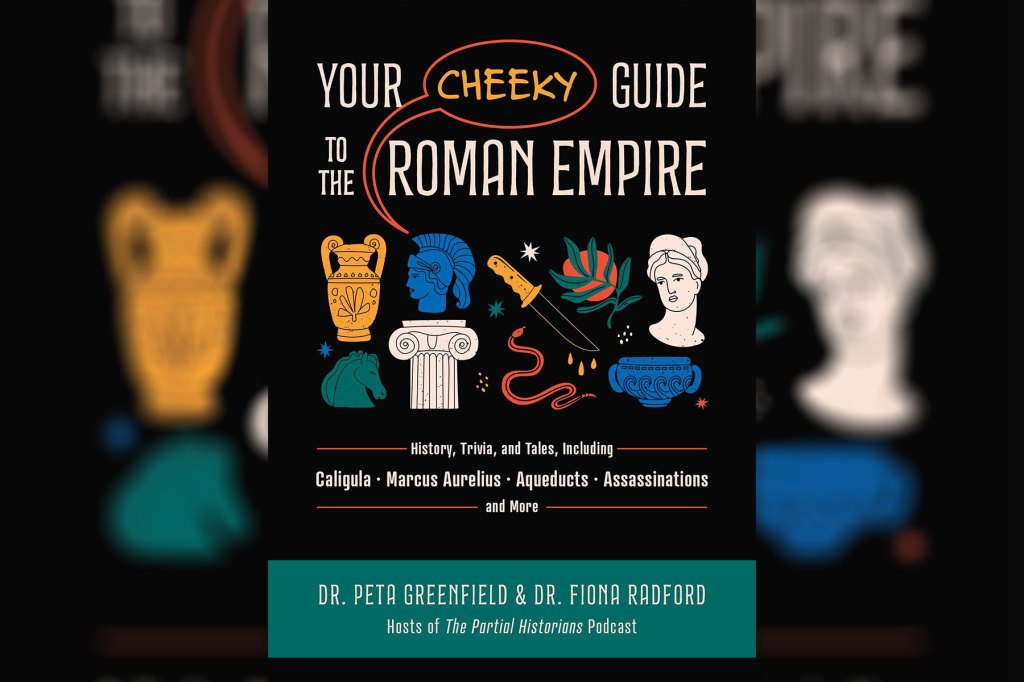The life and (sometimes dark) times of fashion maverick Alexander McQueen
A new book gives us a fascinating insight into the life and artistry of visionary British fashion designer Lee Alexander McQueen

My bookcase isn’t exactly groaning with books on fashion. In fact, there are three – and two of them are about Lee Alexander McQueen.
The latest is just out. Lee Alexander McQueen: The Illustrated World of a Fashion Visionary by Tom Rasmussen is a lusciously illustrated biography of the British designer with strong Scottish roots.
The other book I have on McQueen is a bit of a doorstopper – Alexander McQueen: Mind, Mythos, Muse – and it accompanied the rather excellent exhibition of the same name at the National Gallery of Victoria in Melbourne over the summer of 2022-23.
We flew to Melbourne for that show because my wife and I are admirers of McQueen. We have strong Scottish heritage, too, and I love the way McQueen embraced his. That can be seen most strikingly in his The Widows of Culloden collection. Seeing that in the flesh (or fabric) in Melbourne, with those flashes of tartan, was quite a treat.
McQueen’s various collections read like visual novellas or historical essays with strong narratives. To my mind he is the most interesting fashion designer of recent decades and he was nothing if not ambitious as evidenced in his own words reproduced on a whole page in Rasmussen’s gorgeous new book.
“When I’m dead and gone, people will know that the 21st century was started by Alexander McQueen,” the designer once said.
You might like
The tragedy is that he was dead and gone far too soon in 2010 at the age of 40. What a terrible loss to fashion and to art. Because to my mind Alexander McQueen as he was known (the Lee bit was mostly dropped) was the most artistic of designers. So many art galleries nowadays put on fashion exhibitions that often don’t stand up to artistic scrutiny. The NGV show featuring McQueen’s work stood out and did stand up to scrutiny.
McQueen is a designer and artist worth knowing about and Rasmussen’s book is a wonderful primer and would be, by the way, a terrific Christmas present.
It’s compact and easy to follow and is a biography featuring all 36 of McQueen’s collections sumptuously illustrated by Angie Rehe. It follows his life from humble beginnings in suburban working-class London where he began by draping his sister in fabric from an early age. He learnt the basics and then went on to have a stellar career, which included a stint as chief designer for Givenchy.
He was famous for transforming fashion shows into extravagant theatrical events and his shows discussed topics such as mental illness, disability, vivisection, menstruation and the primal nature of humanity, among other things.
He used unconventional models, from paralympic athlete and double amputee Aimee Mullins and performance artists such as Michelle Olley, who was naked as the centrepiece for one of his shows.
McQueen’s increasing prominence led to a number of projects for music artists. In 1996, he designed the wardrobe for David Bowie’s 1997 tour, such as the Union Jack coat worn by Bowie on the cover of his album, Earthling. Icelandic singer Bjork sought McQueen’s work for the cover of her album, Homogenic.
Subscribe for updates
His collections are themed to read like a chronicle of his interests – and the Scottish stuff is never far away.
I flipped straight to the section in the book about The Widows of Culloden, as I have an interest in the titular tragic battle that ended a way of life for the highland clans. This collection was presented as an autumn/winter collection in the Northern Hemisphere.
“The Widows of Culloden explored Pre-Raphaelite visions of women wandering glens, and a more punkish plaid dress with armour instead of sleeves, all produced with a honed technical ability that resulted in beautiful dresses and sharp tweed suits,” writes Rasmussen.
“The beginning of the show was McQueen’s first real foray into technology, with a glass pyramid bringing to life a dancing, floating Kate Moss in the form of a hologram. The audience were silenced as she floated through a virtual and physical space in a windblown white Victoriana-style dress, only to disappear in a puff of white smoke.”
Talk about theatrical!
His innovation, optimism and pure genius propelled him to dizzying heights. But with all the glamour and creativity came another side, which Rasmussen doesn’t shy away from – the designer’s troubles, his addictions and dark days.
“While tragic, McQueen’s battle with depression and his eventual suicide stoked the conversation around mental health in the creative arts,” the author points out.
Reading about McQueen I felt I would love to have interviewed him. He seems to have been, above all, quite down to earth. I will leave you with his own words from this book:
“Some designers are so airy-fairy people can’t connect with them. I hope that people can relate to me, to a normal person who just happens to be a fashion designer, that people can take me as they find me.”
We do and we will.
Lee Alexander McQueen: The Illustrated World of a Fashion Visionary by Tom Rasmussen, Smith Street Books, $49.95

